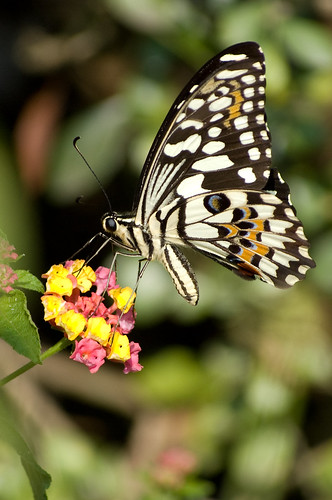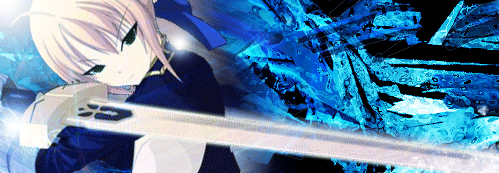
The lac-operon consists of a operator, gene Z, gene Y, and Gene A.
The repressor protein will be able to bind onto the operator side. After binding onto the operator side, the RNA polymerase will not be able to proceed to read the DNA, and therefore, the DNA will not be transcripted.
In order for the RNA polymerase to be able to transcript the DNA, the lactose will bind onto the repressor, and therefore changing the shape of the repressor, and it will no longer be able to fit onto the operator.
After that, the RNA polymerase is able to proceed into transcripting the DNA without any obstacle blocking.
After transcription, it will form mRNA, and then it will form protein. The gene A codes for beta-galactosidase, which is able to break down lactose to form glucose.
 天 人 地 金 木 水 火 土
天 人 地 金 木 水 火 土




























